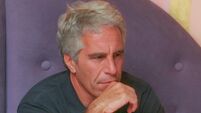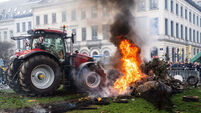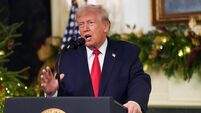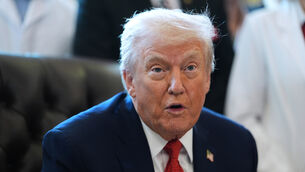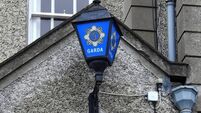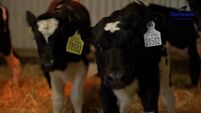Saddam’s top troops march to fight allies
The offensive came at the end of a day of setbacks for the coalition and heavy casualties on the Iraqi side.
America last night admitted its warplanes were probably responsible for hitting a Baghdad market, killing a reported 14 Iraqi civilians and injuring 30 others.







